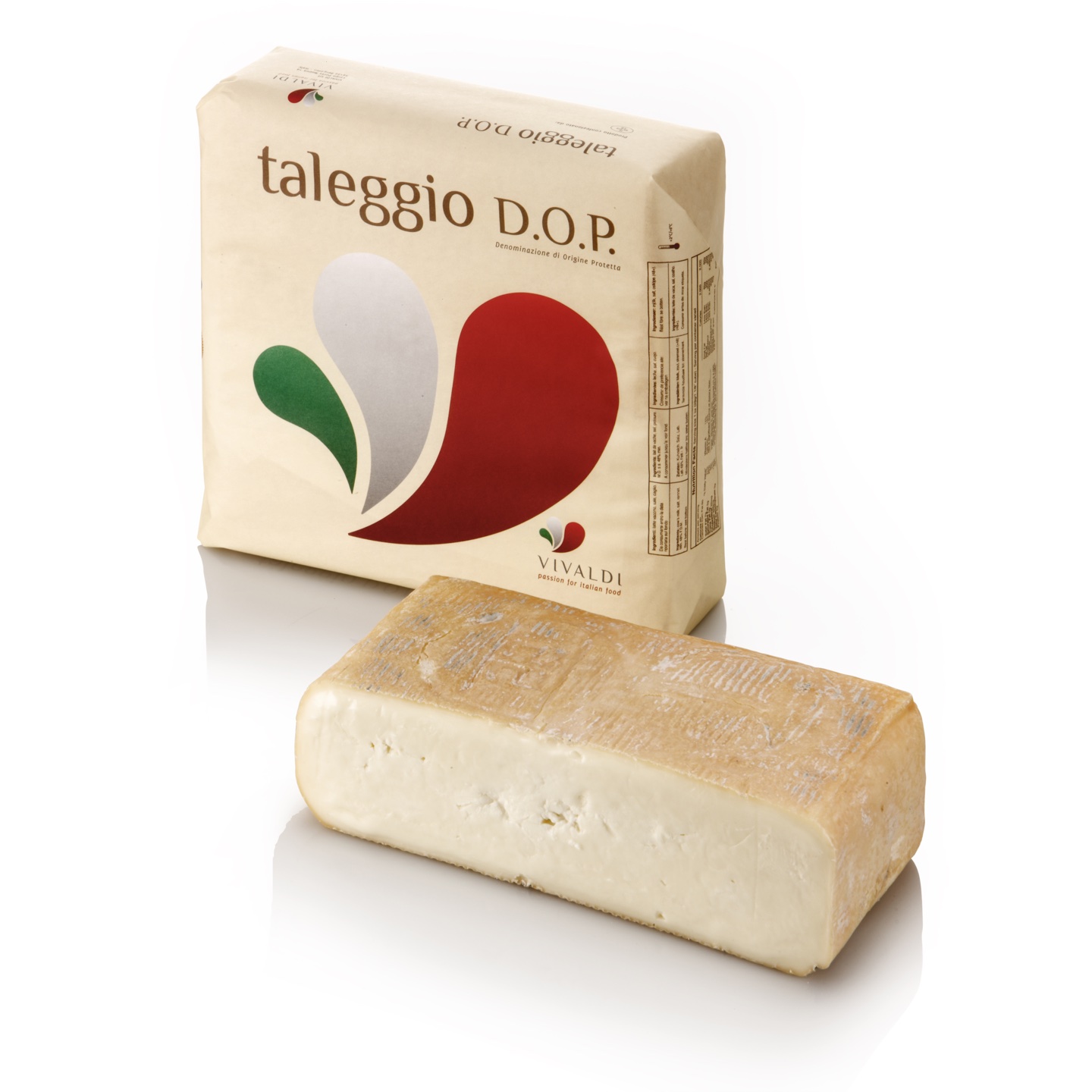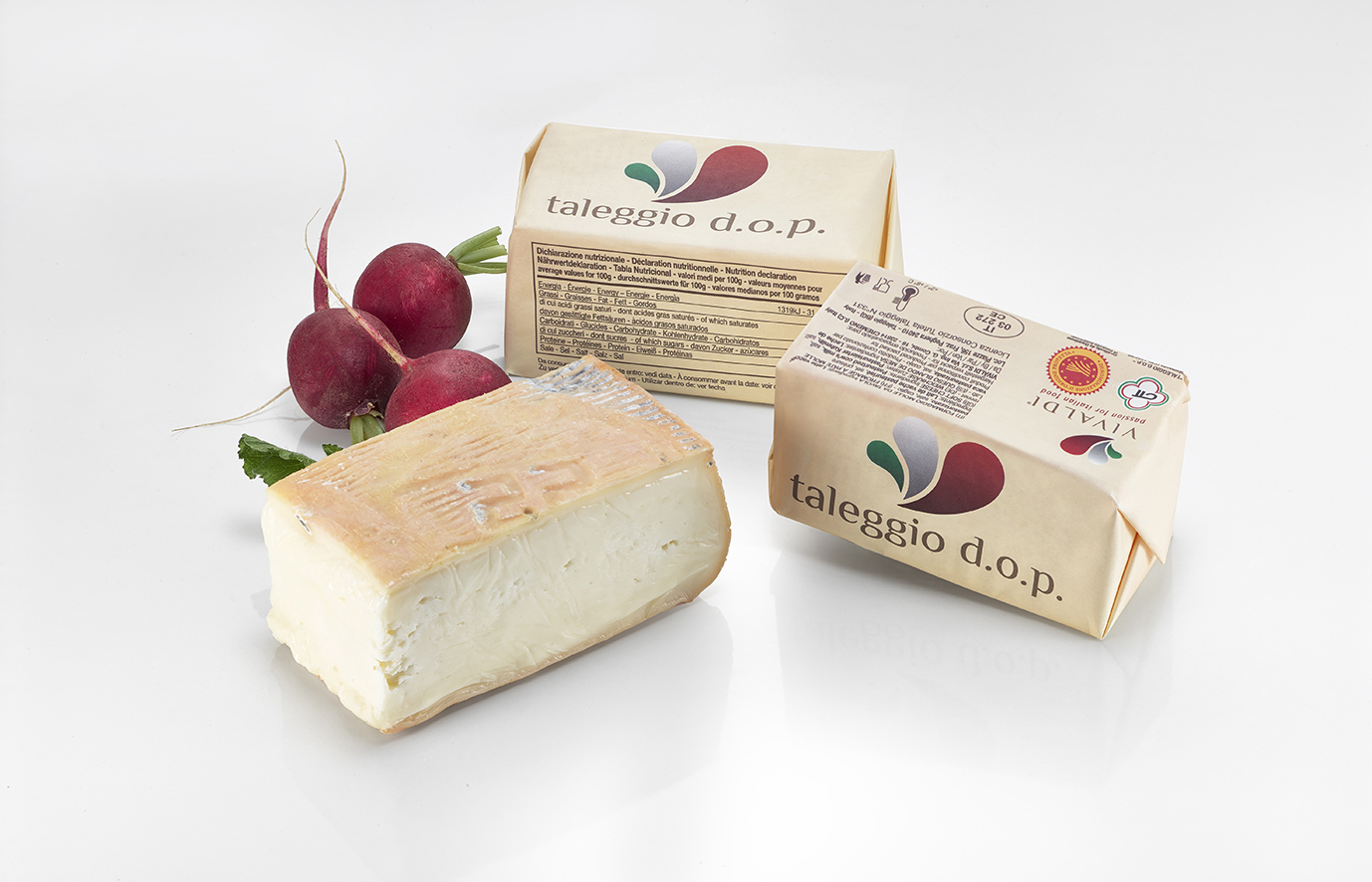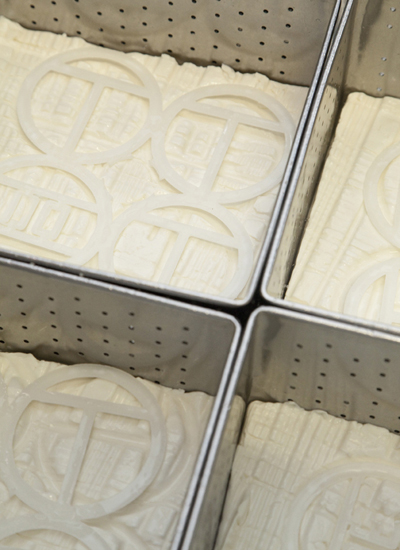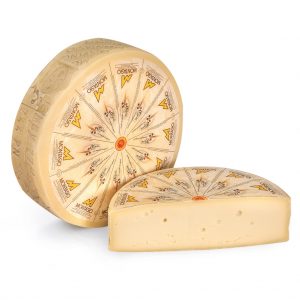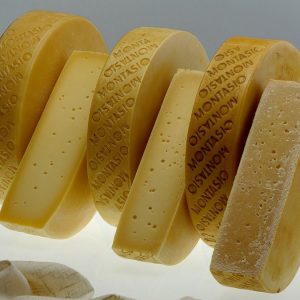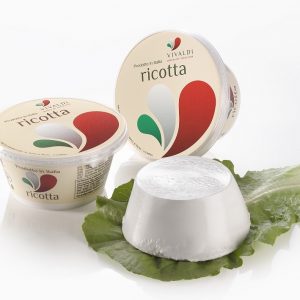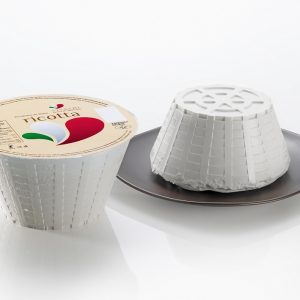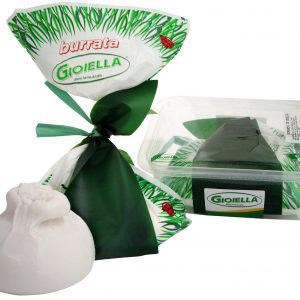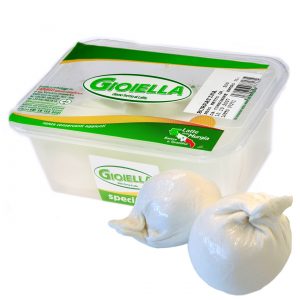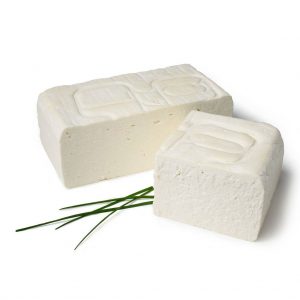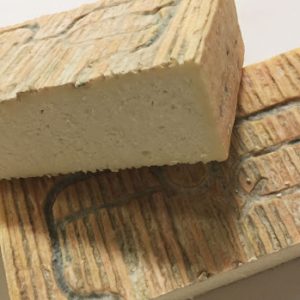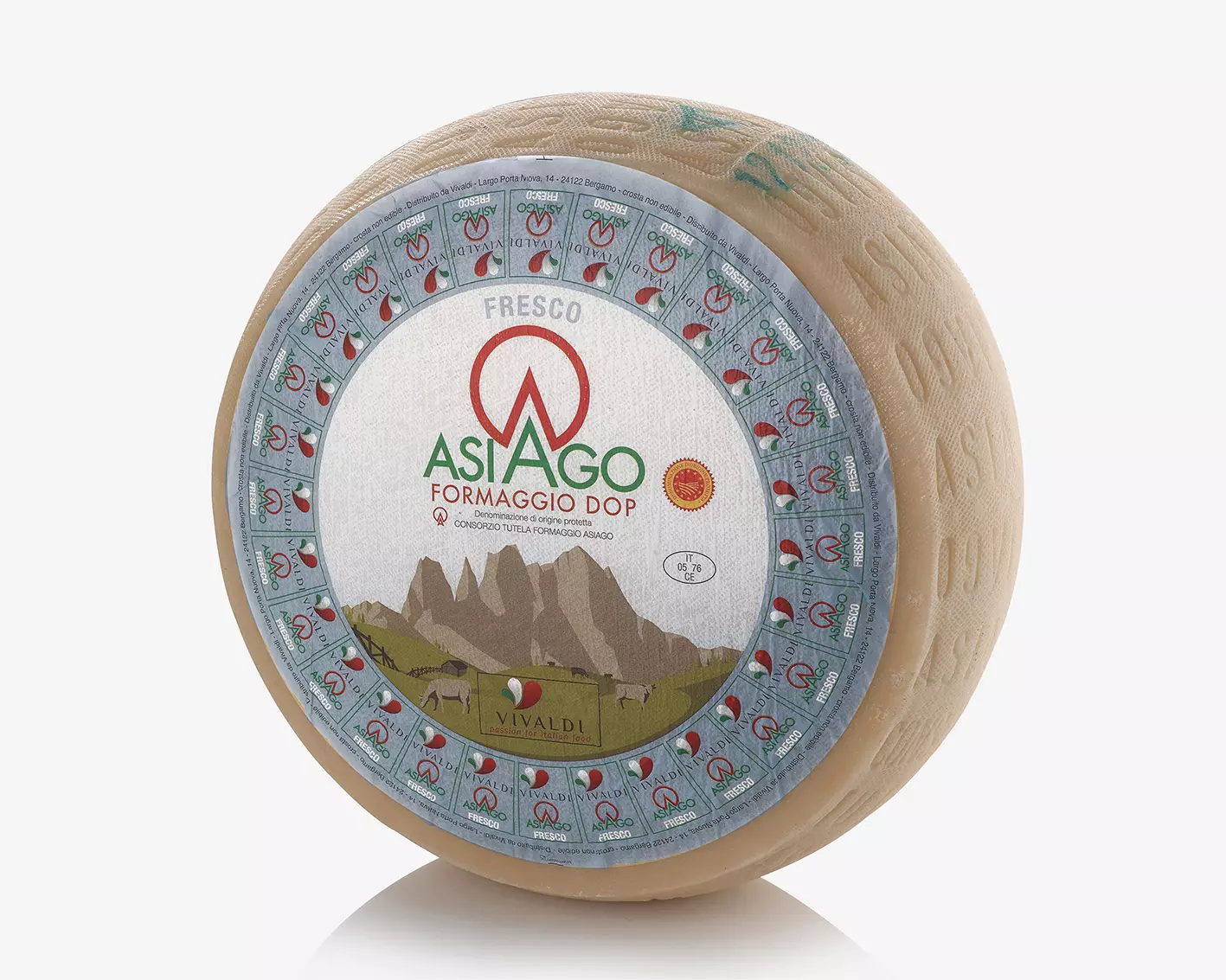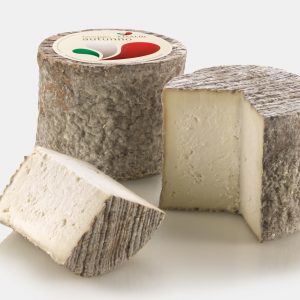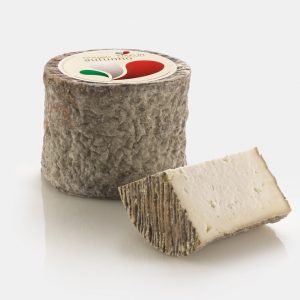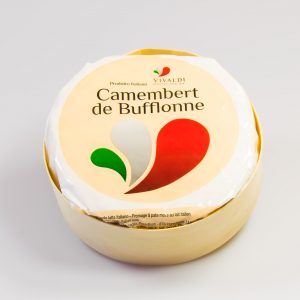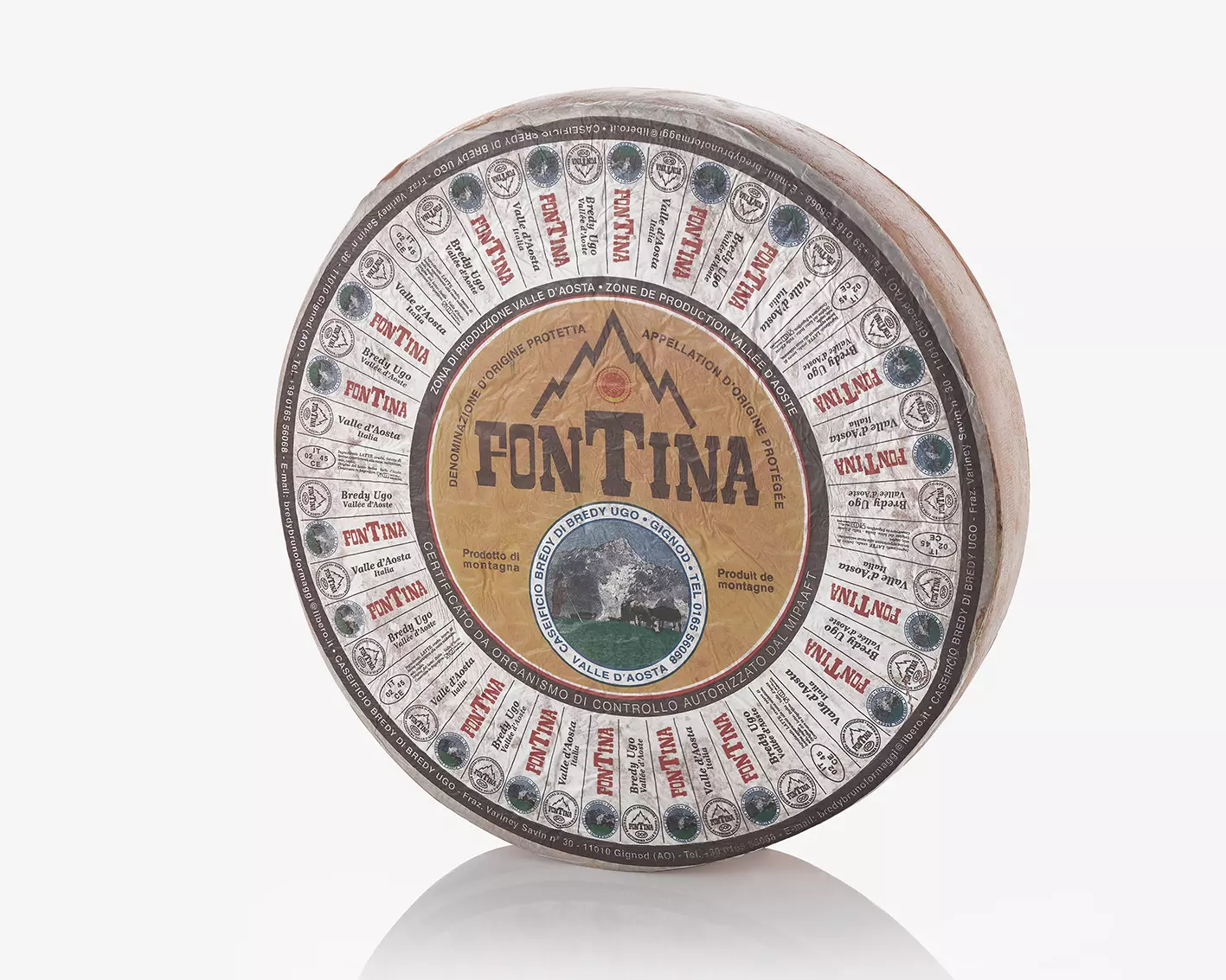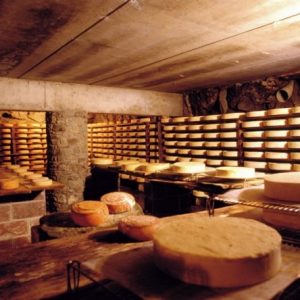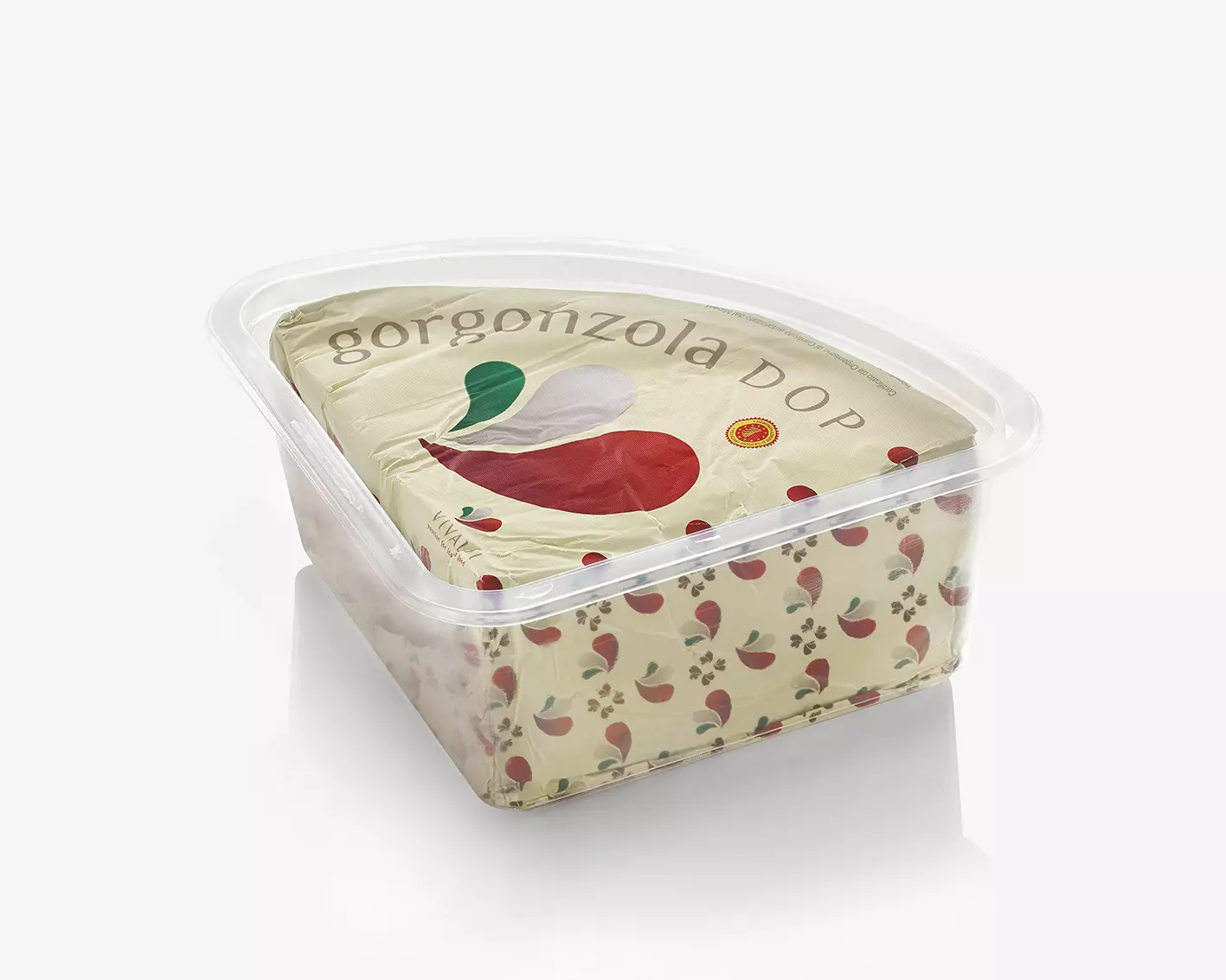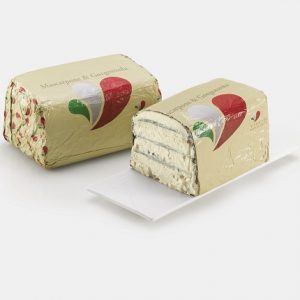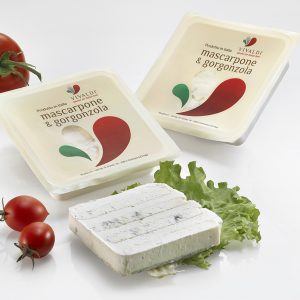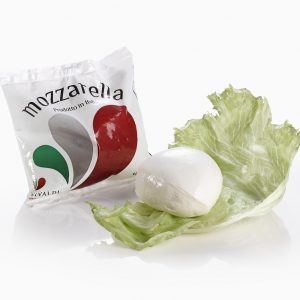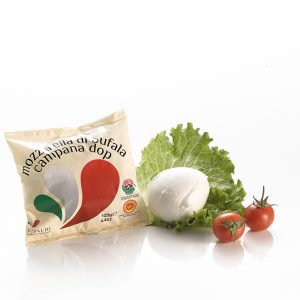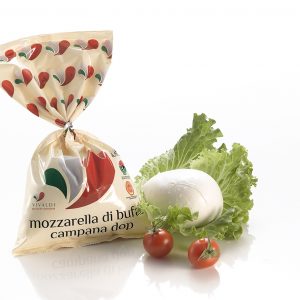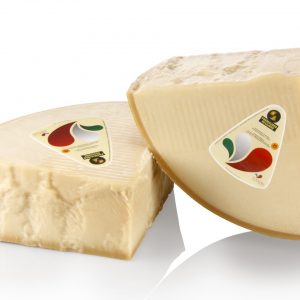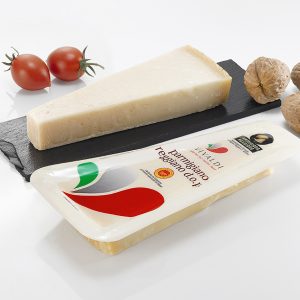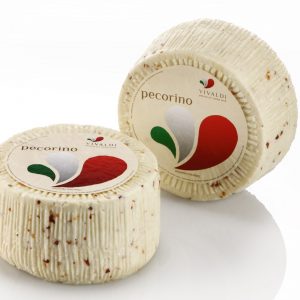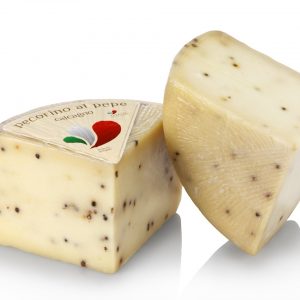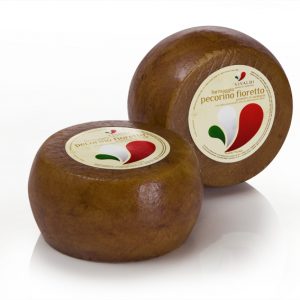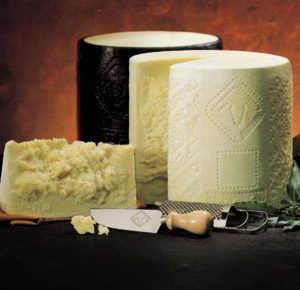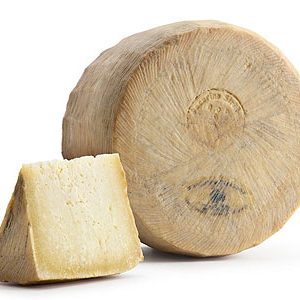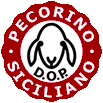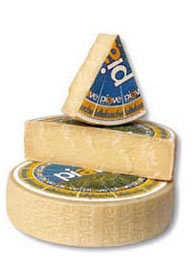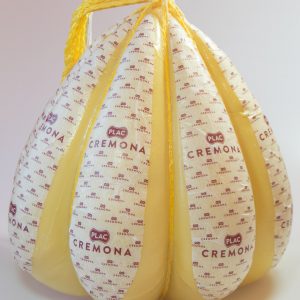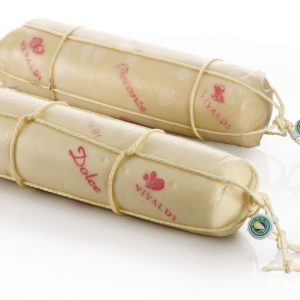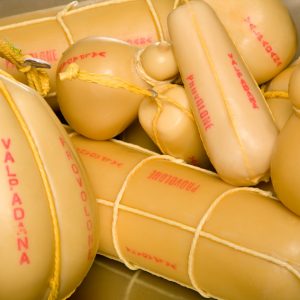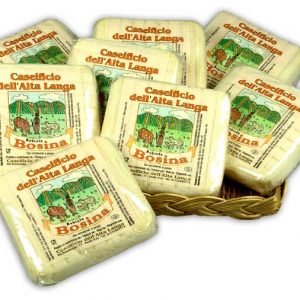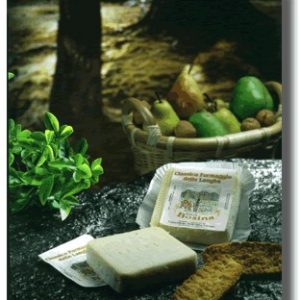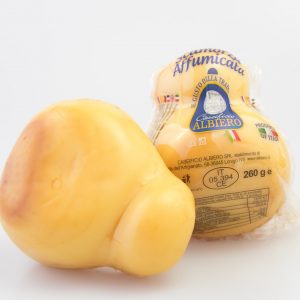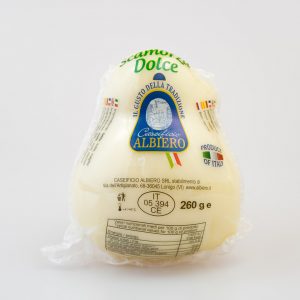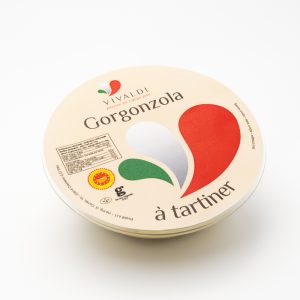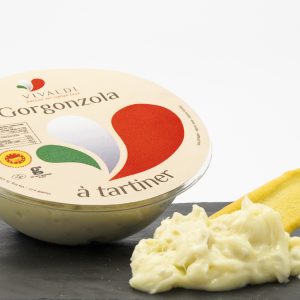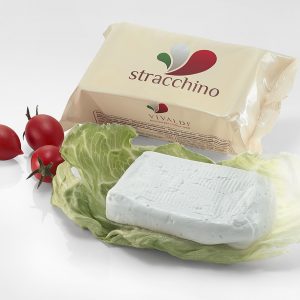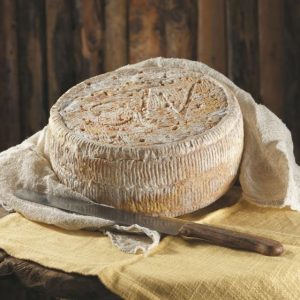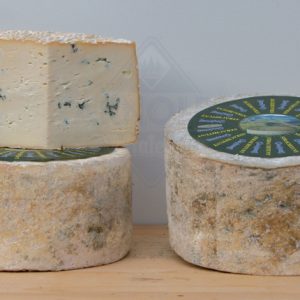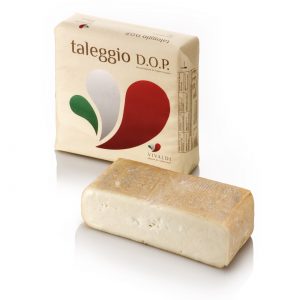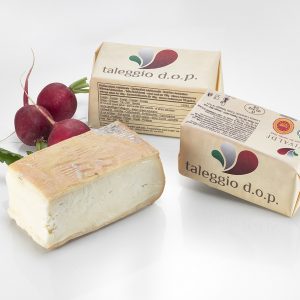Taleggio PDO
Taleggio has very ancient origins, dating back to before the 10th century and takes its name from the valley of the same name, Val Taleggio, in the Bergamo Alps. The first written sources on its existence date back to the 13th century, when this cheese was made to use up the milk exceeding immediate consumption and it began to be appreciated and sold in the Po Plain as well. The name ”Taleggio” dates back to the early 20th century when the farmers in the Val Taleggio felt they had to distinguish their cheese from those from other areas. In the 1960s, the need to send all the milk to make Taleggio to a single facility led to the creation of the first dairies and the production moved from the Bergamo valleys to the plains in province of Brescia. Confirming its traditional origins, Taleggio was recognized a DOP cheese by the European Community in 1996, whilst the Consortium of protection of Taleggio cheese supervises its production and sale. The supply of milk, the production, the ageing and packaging of Taleggio must be exclusively in the provinces of Bergamo, Brescia, Como, Cremona, Lecco, Lodi, Milan, Pavia, Novara and Treviso.
Description
Taleggio PDO
Taleggio PDO – Production starts with the addition of curds and enzymes to whole raw or pasteurized cow’s in coagulation vats at temperatures between 32 and 35°C. Breaking down the coagulated mass then causes the separation of the liquid part (whey) from the solid part, the curd, which is transferred into special square moulds. The cheeses are then heated for a period of between 8 and 16 hours, at a temperature of between 22 and 25° C, branded with the CTT mark of origin and the identifying number of the dairy. Taleggio is dry-salted or put into a brine bath, which is an indispensable operation for the formation of the protective rind which, during the ageing in rooms with a low temperature and high humidity, is colonized by strains of mould that give it the typical pinkish-orange colour. To respect the Standards of Production, Taleggio must be aged for a period of not less than 40 days, during which the cheeses are repeatedly turned over and sponged down with water and salt to keep the rind moistened and prevent the formation of anomalous mould. As no other types of treatment are allowed, the rind of Taleggio cheese can be eaten. Taleggio DOP has a creamy, melting and even paste, that is softer immediately underneath the rind as ageing is from the outside towards the inside (centripetal ageing) with an aromatic smell which is almost pungent in the more mature cheeses. Its flavour is mild, delicate, tending to acidulous or slightly sharp.
It is eaten with honey and dried fruit and is the main ingredient in the preparation of a typical Bergamo dish: polenta taragna.

